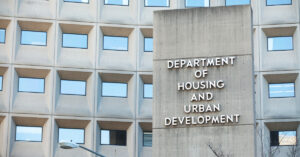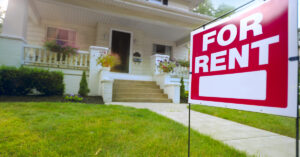A new analysis from Zillow has revealed that homes owned by Black families appreciated more than any others since the beginning of the COVID 19 pandemic.
From February 2020 to January 2023, Black homeowners saw their home values grow by 42.5%, equivalent to nearly $84,000 in equity on average. That’s higher than the increase of 38.2% for all U.S. home values. Hispanic, white and Asian homeowners saw their home values increase by 37.8%, 38.3% and 37%, respectively.
African Americans also made moderate gains in their homeownership rate, despite disproportionate employment and income losses during the COVID-19 crisis.
“These gains are extremely important in terms of increasing wealth among the Black community, as homeowners of color are more likely to have the bulk of their household wealth tied up in their homes,” said Nicole Bachaud, senior economist at Zillow. “Due to years of redlining and other forms of systemic discrimination, housing disparities between Black and white families persist. Policies and interventions like expanding access to credit, building more affordable homes and finding new approaches to mitigate appraisal bias are keys to achieving housing equity.”
Such practices have actually been helping to boost home value appreciation since before the pandemic, as appreciation for Black homeowners has exceeded that of other racial demographics since 2014. But this trend picked up even more steam at the start of the pandemic, further narrowing the home value gap.
Consider that in February 2020, the typical Black-owned home was worth 17.3% less than the typical U.S. home. In January 2023, that gap had shrunk to 14.8%, the smallest it’s been since at least 2000.
Diving deeper, Zillow evaluated the 50 largest metros in the country, finding that the home value gap has narrowed the most since February 2020 in Detroit. The Motor City has seen 9 percentage points sliced from the Black home value gap, followed by four other Midwestern cities: Kansas City, Missouri (-8 percentage points); Chicago (-6.9); Cleveland (-5.8); and Milwaukee (-5.7).
Meanwhile, even as the homeownership gap between Black and white families remains large, it has narrowed slightly as well. In 2021 (the most recent available data from the U.S. Census Bureau), 44% of Black households owned homes, compared to 73.3% of white households. But from 2019 to 2021, Black homeownership grew by 2 percentage points, compared to 1.3% overall.
Zillow’s analysis was performed using its own data as well as data from the Home Mortgage Disclosure Act.





